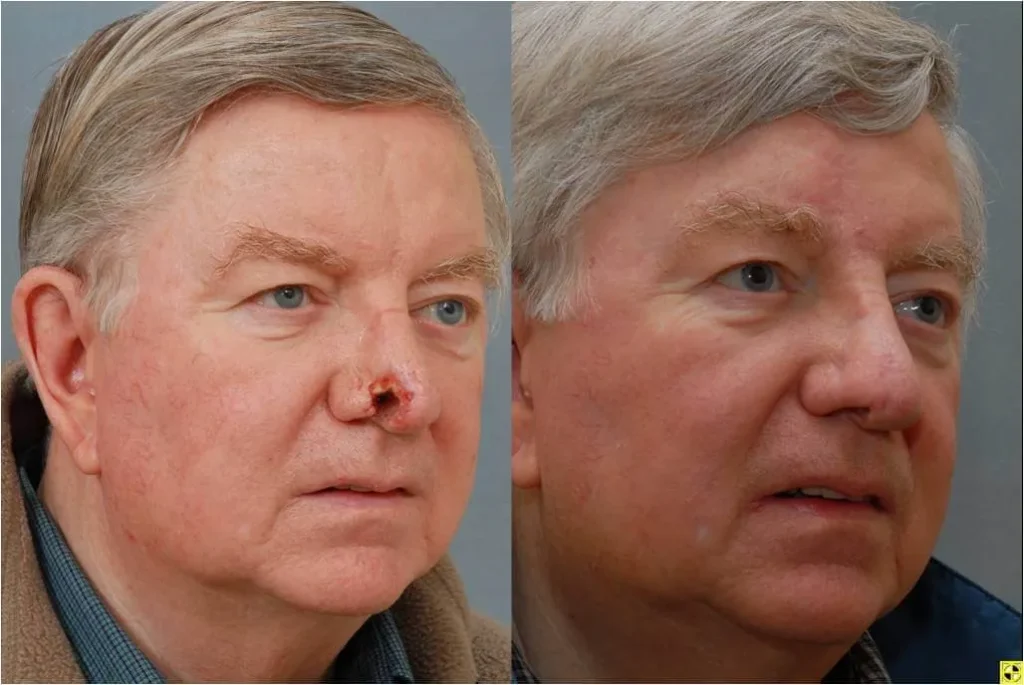
Mohs surgery is a specialized procedure used to treat certain types of skin cancer. Known for its precision and high success rate, this surgical technique is often recommended for cases where preserving healthy tissue is necessary, such as on the face or other sensitive areas. Understanding the process and knowing what to expect can provide a clearer picture of the experience.
What Is Mohs Surgery?
Mohs surgery is an advanced surgical technique developed to remove skin cancer layer by layer. This procedure allows the surgeon to examine each layer of tissue under a microscope during the surgery. This helps eliminate cancerous cells while leaving as much healthy tissue intact as possible. It is typically used for basal cell carcinoma, squamous cell carcinoma, and some other skin cancer types. The primary goal is to remove cancer effectively while minimizing scarring or disfigurement.
This technique is unique in its combination of surgery and pathology during a single procedure. It is often performed in an outpatient setting under local anesthesia. Patients benefit from the immediate examination of tissues, which reduces uncertainty and often gives results on the same day.
Preparing for Mohs Surgery
Before undergoing Mohs surgery, your healthcare provider may schedule a consultation to discuss your medical history and examine the affected area. They might also provide instructions regarding medication use, skincare routines, or dietary adjustments leading up to the surgery. Patients are usually advised to wear comfortable clothing and avoid skin products like lotion or makeup in the area being treated. Since the duration of surgery can vary depending on the extent of the cancer, bringing something to keep yourself occupied, such as a book or music, is often encouraged. It is also helpful to arrange for someone to accompany you.
What Happens on the Day of Surgery?
Mohs surgery is performed in stages, each involving the step-by-step removal of tissue. The process typically begins with the surgeon marking the area to be treated and administering local anesthesia to numb the site. Once the area is numb, the surgeon removes a thin layer of visible cancerous tissue. This portion of tissue is then immediately analyzed in an on-site lab while the patient waits.
If cancerous cells are found in the layer under examination, the surgeon will remove an additional layer of tissue precisely from the affected area. This process is repeated until no cancerous cells remain and tissue is preserved. Most patients remain awake throughout the procedure and can rest comfortably while the medical team works.
Post-Surgery and Recovery
After the cancer has been removed, the surgeon will focus on wound repair. Depending on the location and size of the treated area, the wound may be left to heal naturally, closed with stitches, or reconstructed with a skin graft. Patients often receive detailed post-operative instructions specific to their situation. These instructions may include advice for cleaning the wound, applying dressings, and managing discomfort.
Recovery times vary, but many patients can resume daily activities relatively quickly. It is recommended to monitor the surgical site for any signs of infection or complications, such as increased redness or swelling. Follow-up appointments may be scheduled to assess healing and discuss ongoing care.
Taking the Next Step
Mohs surgery is a trusted option for many individuals diagnosed with skin cancer. It provides effective treatment while minimizing cosmetic impact. Consulting with your surgeon and medical team can provide clarity on how it applies to your situation. For more personalized guidance and support, contact a dermatologist or skin cancer specialist to discuss next steps.